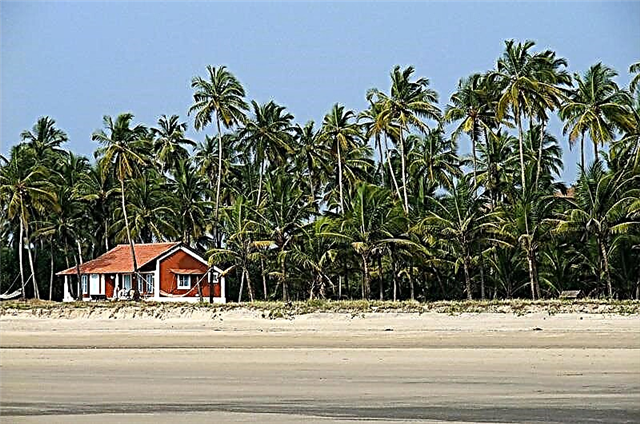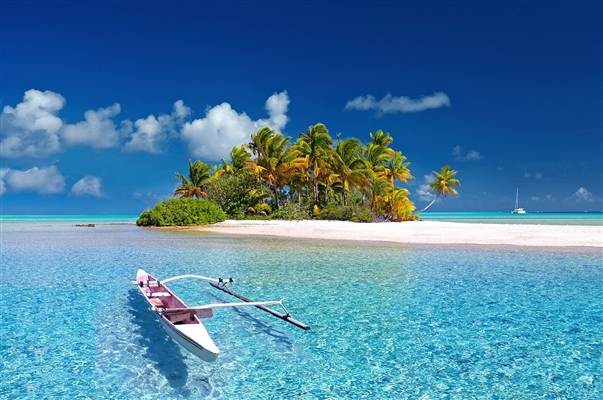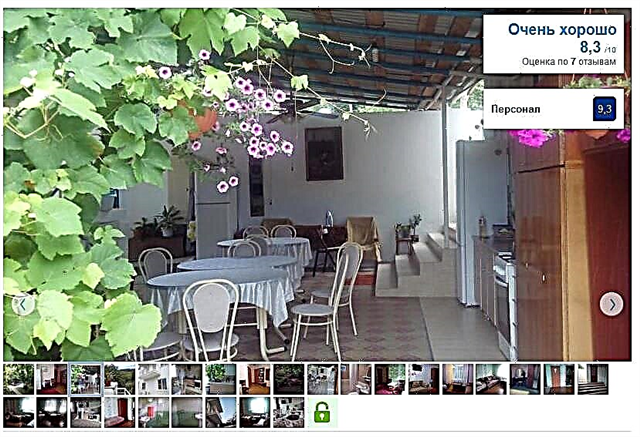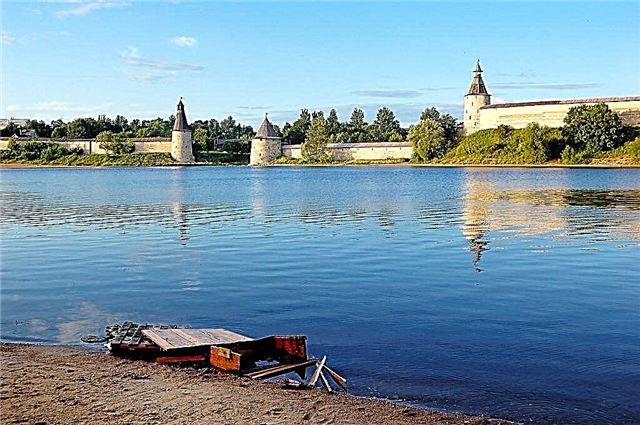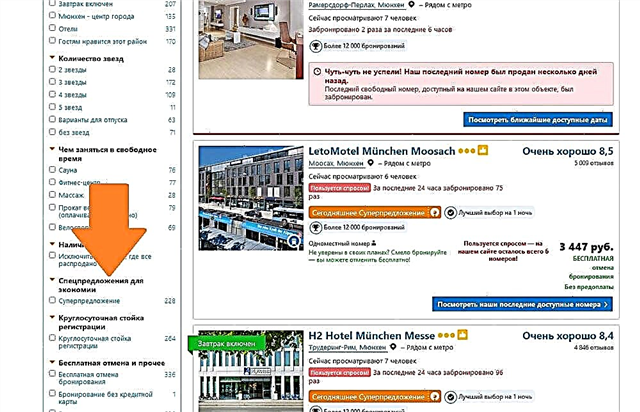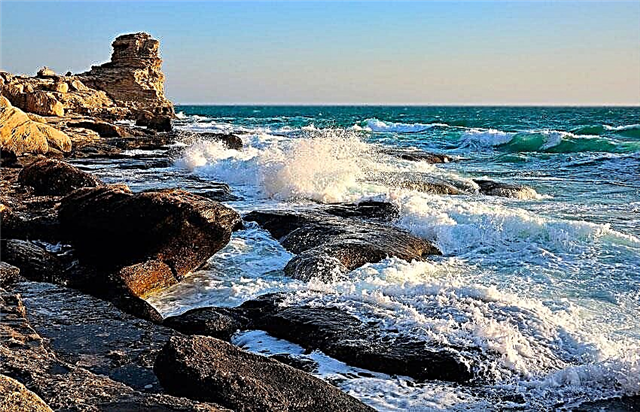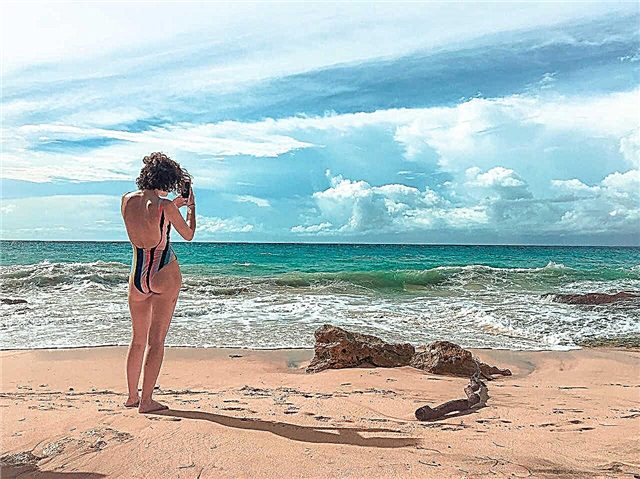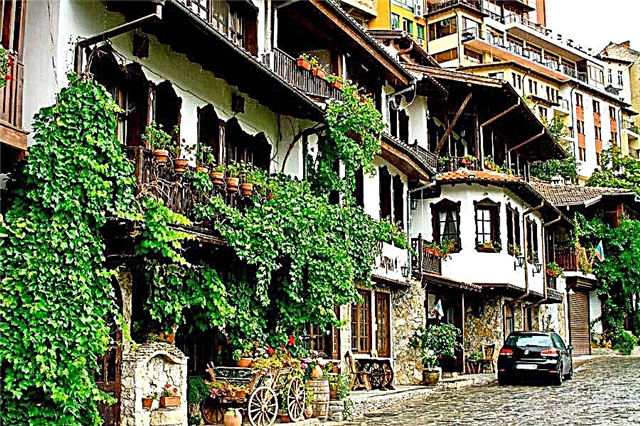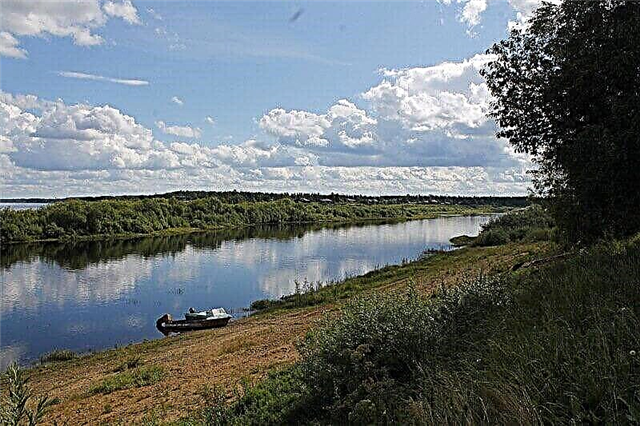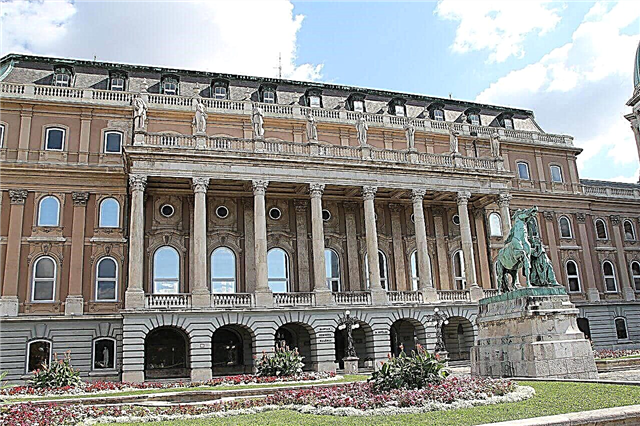The history of Budapest is full of striking features. On both sides of the Danube, new buildings and places for entertainment appear, while the historical part continues to amaze with its magnificence. Museums in Budapest - following the cultural traditions of Hungary and some bright notes.
It will be interesting for immigrants from the USSR to look around in the Aeropark - an exhibition of Soviet aircraft at the airport. In the agricultural museum and at the Zvark distillery, you can taste wine and liqueur, as an addition to the excursion program. The pinball museum and the Palace of Miracles will give a lot of vivid impressions: here you will be able not only to listen to interesting stories, but also to touch many exhibits.
The most interesting museums in Budapest
List, photos with names and descriptions of museums worth visiting.
Hungarian National Gallery
More than 10 thousand works of art are located within the walls of the Royal Palace. The first floor is reserved for earlier works and is systematized by time periods. The earliest canvases date from the 12th century. The second and third floors are occupied by the best examples of Hungarian sculpture and painting. The exhibits are divided into two periods: pre-war and post-war. The gallery hosts temporary exhibitions - traveling expositions of world museums.
Address: Budapest, Szent György, 2
Website: mng.hu

Museum of the History of Budapest
It occupies almost an entire wing of the Royal Palace. Lower tiers - archaeological finds and ethnographic exhibits. The upper ones are exhibitions illustrating the period from the Roman Empire to the present day. More than 40 fragments of sculptures found by researchers during excavations in the courtyard of the castle are especially valuable. According to ancient documents, the Gothic chambers of the monarchs and the medieval chapel were restored.
Address: Budapest, Szent György, 2
Website: mnm.hu

Pinball museum
A real paradise for lovers of rare slot machines and those who want to learn more about them. The stylized halls are densely packed with more than 130 working units. Models from different years and from different countries can not only be viewed, but also touched. The museum periodically hosts pinball tournaments. The list of record holders is also on display. Visitors will find stories and stories about the history of this game.
Address: Budapest, Radnóti Miklós, 18
Website: pbalgallery.hu

Kohler Gallery
It is located near the Fisherman's Bastion in the territory belonging to the Buda Fortress. The entrance is inconspicuous, and all the way to the gallery is a cozy courtyard. The gallery is private and the hosts are always happy to welcome guests. After a short excursion, visitors are left to roam freely through the three floors and freely take photos of paintings and sculptures. If you wish, you can buy one of the pieces of contemporary art.
Address: Budapest, Tancsics Mihaly, 5
Website: kollergaleria.hu
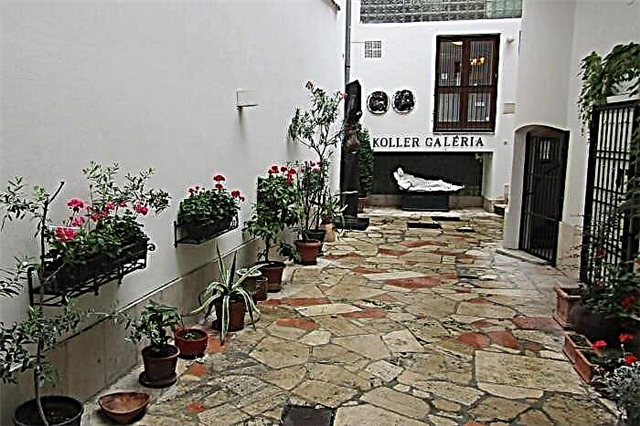
Chocolate Museum
Throughout the tour of the museum, visitors will find treats: sweets, special liquor, tea, warm biscuits. Tastings alternate with stories about the history of chocolate, production and varieties that are popular in Hungary. Another fun is making sweets on your own with the addition of classic or unusual fillings. The acquaintance with the attraction ends with a visit to the store.
Address: Budapest, Bekecs, 22
Website: csokolade-muzeum.hu

Miniversum Miniature Museum
Located between the Basilica and the Hungarian Opera. The museum is divided into halls: the first one shows the smaller cities of Hungary, and the second - Austria and Germany. In total, 14 full-length miniatures have been created. Special buttons start trains, activate bells and light up lights. It seems as if life in these tiny towns is in full swing. Dashboards allow you to compare real attractions and scaled-down ones.
Address: Budapest, Andrássy út, 12
Website: miniversum.hu

Hungarian National Museum
In 1802, Ferenc Szecny wanted to make his rich collection the property of the country. It took almost half a century to complete this project. A special building was built for the museum in the area of old Pest. It is decorated with columns, stucco, antique portico and statues. 7 permanent exhibitions are available to the public. Among them are a Roman lapidarium and an exposition that tells the history of the formation of modern Hungary.
Address: Budapest, Muzeum Korut, 14-16
Website: mnm.hu

Art Museum
One of the "temples of the arts" in Budapest. For several decades, members of the Esterhatsi dynasty have been collecting works of art. In 1906, 700 of them were transferred to the museum, which immediately opened its doors to visitors. It has several departments, including Antique, Egyptian and Graphic. The most valuable exhibits belong to the Gallery of Old Masters. Opposite is the Mucharnok exhibition hall.
Address: Budapest, Dózsa György, 41
Website: szepmuveszeti.hu
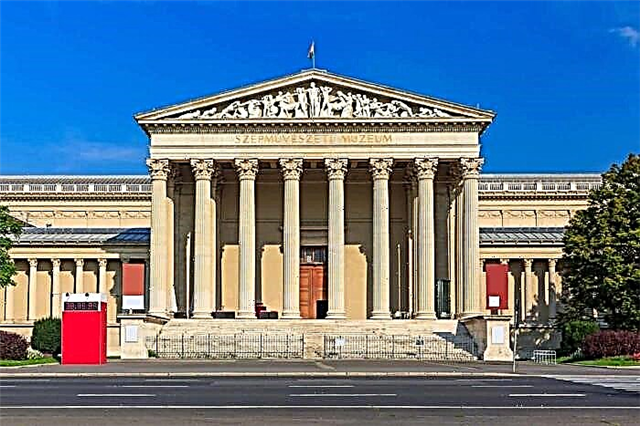
Zwak Distillery Museum
Zwack Unicum is a unique drink that is considered the hallmark of Budapest. A museum in his honor was opened right at the factory in order to be able to show tourists the production. The guide's story is accompanied by walks around the territory. The excursion starts with watching a film about the Zwak family, and ends with a tour of the cellar, where more than 500 barrels of liquor are stored, and tasting.
Address: Budapest, Dandar, 1
Website: zwackunicum.hu

House of Terror
Since 2002, a museum has been opened in Budapest in memory of fascism and the communist regime. The most terrible exhibits are located in the basement: these are instruments of torture, and cells where prisoners were kept. The building of the museum has an unusual visor: on both sides of it there are large inscriptions "Terror" that cast a shadow on the gray walls. In the past, the headquarters of the Nazi party was based here, and then the state security department.
Address: Budapest, Andrássy, 60
Site: terrorhaza.hu

Museum of applied arts
The collection has been available to the public since 1896. It was difficult to find a more suitable building for such a museum. It was built according to the design of Eden Lechner and Gyula Partos. Bright green tiles, wall paintings from different cultures, cladding made in a porcelain factory - this is what immediately catches the eye. Inside, guests will find ceramics, glass, jewelry, including Esterhazy jewelry, textiles and furniture.
Address: Budapest, Üllői út, 33-37
Website: imm.hu

Park-Museum Aquincum
The first settlement on the territory of present-day Budapest was the capital of the Roman province. During construction work at the end of the 18th century, the remains of structures and buildings from that period were found. Now Akvikum is an archaeological park. Some objects have been partially reconstructed, walkways have been laid, there are signs and the necessary background information so that tourists can navigate in the open-air museum on their own.
Address: Budapest, Szentendrei út, 135
Website: aquincum.hu

Holocaust Memorial Center
During the war, the Jewish diaspora in Hungary decreased in quantity by 4 times. Tragic pages of history have been preserved in a thematic museum. The personal belongings of the victims, documentation, photographs, a memorial wall and the Tower of Lost Communities monument are the basis of the museum collection. Vandalism occurs from time to time, but the relatives of the victims of the Holocaust and the staff of the center promptly restore everything. There is a synagogue nearby.
Address: Budapest, Pava utca, 39
Website: hdke.hu

Hospital bomb shelter
The catacombs of the Buda Castle have already saved the inhabitants of the city more than once. The length of passages and corridors exceeds 10 km. At the very beginning of World War II, the "underworld" was turned into a refuge from air attacks. Since 1944, a hospital has been equipped here. It also came in handy during the anti-Soviet revolution. The premises were mothballed for some time. In 2008, they were given to a museum with restored scenes of the past and an exhibition of medical rarities.
Address: Budapest, Lovas út, 4 С
Website: sziklakorhaz.eu

Ethnographical museum
One of the largest collections in Europe in its thematic niche. The funds include 200 thousand storage units. The museum building is opposite the parliament. It combines several styles from neoclassic to baroque. The history of the Hungarian lands and people is told through interconnected exhibitions.They cover both the basic needs of people, such as the development of agriculture, and cultural, such as music.
Address: Budapest, Kossuth Lajos, 12
Website: neprajz.hu

Aeropark
The Aviation Museum is located in the immediate vicinity of the airport. It differs from similar ones in complete freedom for tourists in terms of movement. Guests are allowed to board passenger and cargo aircraft. In addition to liners, helicopters, equipment that served airports in the past, and vehicles are on display. Most of the exhibits were produced in the Soviet Union.
Address: Budapest, Liszt Ferenc International Airport Aeropark
Website: aeropark.hu

Ludwig Museum
Throughout his adult life, the German Peter Ludwig collected art. When the collection became truly extensive, he founded a museum on the banks of the Danube. Its building stands out against the background of the old buildings and draws the attention of even people who are not interested in paintings in the style of pop art, expressionism and surrealism. The most valuable exhibits are the works of Warhol, Picasso, Malevich, Kandinsky.
Address: Budapest, Komor Marcell utca, 1
Website: ludwigmuseum.hu

Franz Liszt Museum
When a new building for the conservatory was built in Budapest, the old one went to a research institute studying Liszt's heritage. There was also a place for a museum. The rooms contain dozens of unique items that the composer used. Among them are the Chickering grand piano - the winner of the 1867 exhibition, a prayer bench, a collection of musical instruments and a table made by the master Bösendorfer especially for Liszt.
Address: Budapest, Vorosmarty utca, 35
Website: lisztmuseum.hu

Robert Capa Center for Contemporary Photography
The acclaimed classic of documentary photography, Robert Capa was at the forefront of the world's first photo agency and military photojournalism in general. The museum not only bears his name, but on an ongoing basis has an exhibition of 50 of the best works of the master. The rest of the halls are occupied by pictures taken by other Hungarian photographers. On the occasion of holidays, retrospectives and retrospectives are organized.
Address: Budapest, Nagymező Street, 8
Website: capacenter.hu

Palace of miracles
The interactive science museum will appeal to guests of all ages. Dozens of experiments will help you look at physics, chemistry and other disciplines from a different angle. Puzzles, optical illusions, visual and sound special effects - in the Palace of Wonders you will find a lot. A music room and a special shooting range are open for very young guests: electromagnets are used for safety.
Address: Budapest, Bécsi út, 38-44
Website: csopa.hu

Vasarely Museum
The exposition was located in the Zichy Palace, which was completely restored after the destruction of the Second World War. It houses the most complete collection of works by Victor Vasarely, a Hungarian-born French artist. Experimenting, he discovered a new kind of art - op art. On a flat canvas, the master created optical illusions, as if making the picture three-dimensional. Such works awaken the imagination of visitors.
Address: Budapest, Szentlélek tér, 6
Website: vasarely.hu

Hungarian Museum of Natural History
The personal collections of the Szechenyi family formed the basis of several large museums. The Natural History Museum inherited a rich collection of minerals. It started working in full force in 1802. The number of departments increased after several decades: zoological and botanical were added. After the war, an anthropological exhibition appeared, and then combined with exhibits of geology and paleontology.
Address: Budapest, Ludovika tér, 2-6
Website: nhmus.hu

Museum of the History of Medicine Semmelweis
Ignaz Philip Semmelweis went down in history under the nickname "mothers savior". In his time, every 10th woman died in childbirth. The doctor found out the reason - the doctors' dirty hands. But the method of disinfection proposed by Semmelweis did not immediately find recognition. He faced bullying and left Germany, returning to his homeland. In Budapest, they decided to immortalize the name of their fellow countryman and named the Museum of Medicine in his honor.
Address: Budapest, Apród, 1-3
Website: semmelweismuseum.hu

Trade and Tourism Museum
The museum's program is very broad and indirectly concerns not only the declared tourism and trade. The tour introduces Hungarian cuisine, traditions and folklore. Each room is decorated in its own way. Thematic performances are given against the background of the exhibits. There is a playroom for very young visitors. Recently, interactive elements have been added to liven up sightseeing tours.
Address: Budapest, Korona square, 1
Website: mkvm.hu

Rota Miksha House Museum
In 1911, stained glass painter Miksha Roth bought a house for his family, where he not only lived, but also worked. After his death, the premises were opened to the public. The master made stained glass windows for many buildings in Hungary, including the Royal Palace and the Opera House. His works are in Oslo and Boston. The museum has an original setting, as if the owner had been away for a while. His collection of precious glasses has also been preserved.
Address: Budapest, Nefelejcs utca, 26
Website: rothmuzeum.hu

Imre Varga Museum
There are many sad pages in the biography of Imre Varga. He studied at the military academy and fought on the fields of World War II. He was captured, and after his release he returned to his homeland. The retired officer decided to pursue his dream and became a sculptor. The museum contains his original works, as well as photographs and copies of famous statues and sculptural groups. One of the symbols of Budapest - the composition "Walking in the Rain" was also created by Varga.
Address: Budapest, Laktanya utca, 7

Underground Railroad Museum
It has been operating since 1975 and is located near Ferenc Deak Square. During the reconstruction of the subway in the 70s and 80s of the last century, a mothballed section was formed between the two stations. It was decided to set up a museum in this room. In addition to photographs, models and drawings, tourists are attracted by three rare carriages standing right on the tracks. They were used from the late 19th century to the second half of the 20th century.
Address: Budapest, Deák Ferenc téri metró aluljáró
Website: museum.hu

Houdini House Museum
The name Harry Houdini has long been synonymous with illusion. The Magician's Memorial Museum is located in the Fortress Quarter, very close to the Royal Palace. Surprises await guests from the doorway: you can get inside only by solving a mysterious message. Interactive magic shows are part of the tour. And the most interesting exhibits are original and recreated items from Houdini's props.
Address: Budapest, Dísz ter, 11
Website: houseofhoudinibudapest.com

Hungarian Jewish Museum and Archives
The museum building was built on the site where the house of Theodor Herzl stood in the past. It was he who stood at the origins of the birth of the Jewish state. Since 1931, the exposition has been available to the public. The archive deserves special attention. It is constantly updated and helps to conduct research, including with regard to the history of the Holocaust. Nearby is the largest synagogue in Europe, functioning since the middle of the 19th century.
Address: Budapest, Dohany, 2
Website: milev.hu

Military history museum
The former barracks of the Buda Fortress was converted into a museum in 1918. Models of combat vehicles, recreated trenches with figures of soldiers, uniforms, weapons, medals, documents and rare photographs - the funds have more than 30 thousand items. They can be used to trace the course and history of all the wars in which Hungary took part. A Maxim machine gun and several cannons are installed in the courtyard.
Address: Budapest, Toth Arpad setany, 40
Website: militaria.hu

Nagyteteny Palace Museum
In the 18th century, by order of the Saraz-Rudnyanski family, a baroque palace and park ensemble was built. Currently, it houses a branch of the Museum of Applied Arts. Most of the exhibits are furniture, interior items and clothing. The oldest is about 500 years old. The most valuable are handmade furniture sets. The park is kept in its original form and is partially open for walks and photo sessions.
Address: Budapest, Kastélypark, 9 - 11
Website: nagytetenyi.hu

Kishzelli Museum
The authorities gave the former monastery of the Trinitarian Order for the collection. It was built in the middle of the 18th century and reconstructed at the beginning of the 20th century. The entire space of the museum is actively used. The main exposition consists of rarities, such as pharmaceutical supplies from different years, prints, antique furniture, clocks. The first floor is an art gallery and a place for temporary exhibitions. Concerts are held in the courtyard.
Address: Budapest, Kiscelli utca, 108
Website: kiscellimuzeum.hu

Hungarian Railway Museum
A large park was opened at a real railway station in 2000. Dozens of locomotives, railcars and even a restaurant car of the Orient Express are on display in the open air. In the premises of the museum, tourists are waiting for background information and a large model of the railway. There are also interactive exhibits, such as simulators, as well as the Seagull car, which was driven by the Hungarian Prime Minister.
Address: Budapest, Tatai út, 95
Website: vasuttortenetipark.hu

Museum of Sweets and Selfies
The small building is divided into bright areas. The walls, ceiling and floor on each site are painted in different styles and are ready for the influx of tourists. There are also colorful attributes, like donut pillows, or statues of flamingos in rhinestones. This space can be called a museum rather conditionally. It is understood that visitors will spend an hour and a half taking unusual photographs and inspecting all the rooms.
Address: Budapest, Paulay Ede, 7
Website: szelfimuzeum.hu
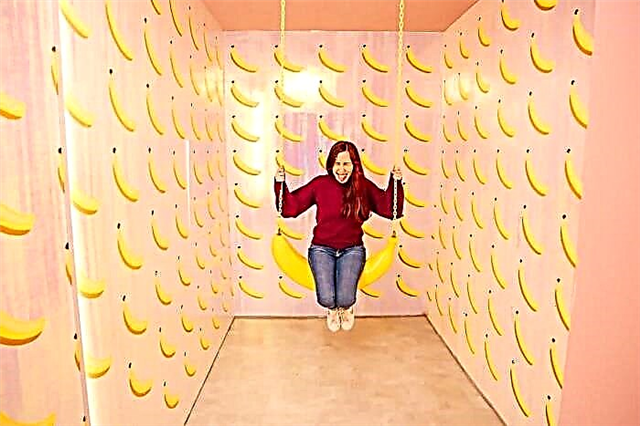
Agriculture Museum
In 1896, a temporary pavilion, similar to a medieval castle, was built to celebrate the millennium of Hungary. The public liked it, so in 1908 an exact copy of it appeared, but now made of stone. 8 permanent exhibitions introduce not only agriculture, but also fishing, hunting and other activities of the peasants. A special section is wine-making, where tastings are held for those who wish.
Address: Budapest, Vajdahunyad setany City Park
Website: mezogazdasagimuzeum.hu


